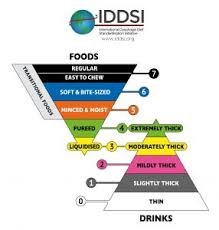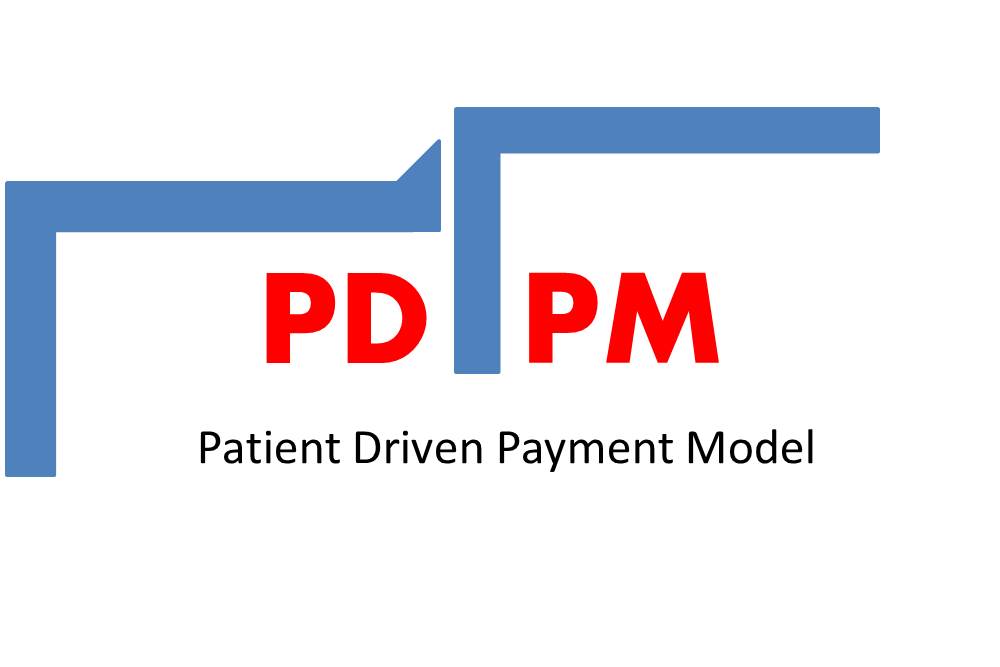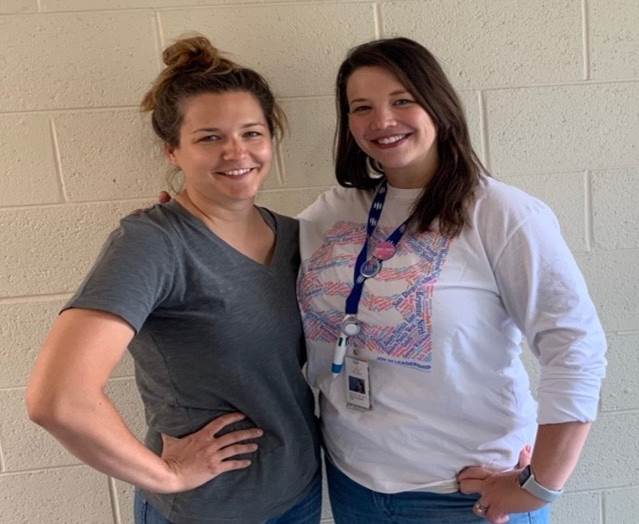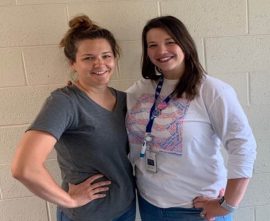By Emily Clark, RD, Endura Nutrition Services Resource, & Tamala Sammons, MA CCC-SLP, Therapy Resource
Dietary and Therapy have a very meaningful partnership in our facilities. Communication between the two departments is critical. Here are a few areas where Dietary and Therapy can work together for patient success.
PDPM
It’s important to partner with the Dietary team when capturing information for section K on the MDS for the SLP Case Mix. Dietary and Therapy will work together to accurately assess for a swallow disorder and mechanically altered diets. Examples include: referring to SLP documentation to capture a swallow impairment in therapy notes during the seven-day look back when on a mechanically altered diet; referring to SLP documentation to assess for a swallow impairment if a patient is NPO; and clearly documenting needs for mechanically altered diets.
Diets
In addition to partnering with traditional modified diets, there is a new IDDSI diet classification system. Some facilities and vendors are moving toward changes per the IDDSI system. The new diets are also now available in PCC. Collaboration will be imperative when integrating any changes and training facility staff. A good partnership also helps when trialing new diet textures or new foods — having a good relationship and communication helps everyone get what is needed for the patient in a timely and efficient manner.
NPO
Partnering with Dietary is critical when Speech therapy is working with NPO patients and working toward transitioning back to oral diets. Dietitians will need to collaborate on continuous vs. bolus tube feedings; assessing percentage of oral intake vs. need for tube feeding; and when to safely discontinue tube feeding due to adequate oral intake.
Weight Loss
Weight has emerged as a principal screening and monitoring indicator in post-acute and long-term care. It is easy to measure, and the measurement is reasonably accurate and reproducible, noninvasive and acceptable to most patients. Dietitians are great partners as they track and trend weight loss. Rehab teams need to review this information to determine if interventions are warranted. For example, is there a swallowing issue? Is there a need for supplements? Is there a need for need for adaptive equipment? Could more physical activity help? SLPs may also be able to help contribute to interventions as they see what foods the patient likes and does well with, or more about their eating patterns.
Self-Feeding
Loss of ability to self-feed can impact a patient’s overall oral intake and diminish the quality of life. Partnering with Dietary to determine if adaptive equipment is needed is a great way to help residents. Additionally, Therapy needs to assess how meals are served — for example, small portions, individual bowls at a time, etc.
Dehydration
It is important to partner with Clinical and Dietary to determine which patients are dehydrated and/or at risk for dehydration. Speech can assess for swallow impairments and/or refusals of thickened liquids. Speech Therapy can assess appropriate patients for Free Water Protocols. Occupational Therapy can assess for self-feeding and potential needs for adaptive cups. All disciplines can offer their patients hydration during therapy sessions. Therapy can also help participate in facility-wide hydration breaks for the residents.
Wound Care
Partnering with Dietary is essential when addressing wound care. Both Dietary and all Therapy disciplines review labs to determine patients’ protein levels, as well as review meal intake to determine if patients are consuming adequate nutrition and hydration for wound healing.
Dementia
Patients with dementia often lack awareness of the need for eating and may have difficulty sensing hunger and thirst. As the disease progresses, patients become unable to recognize foods, have difficulty remembering social dining skills and have short attention spans, which affects their ability to sit long enough to complete a meal. Therapy and Dietary can partner to assess dining room setup. For example, provide smaller dining areas to remind patients of home, arrange seating to enhance the meal experience, determine food preferences and dietary needs, and match the food items and food presentation to a patient’s current abilities (finger foods, certain utensils, etc.) in order to eliminate a source of potential frustration at meal times.

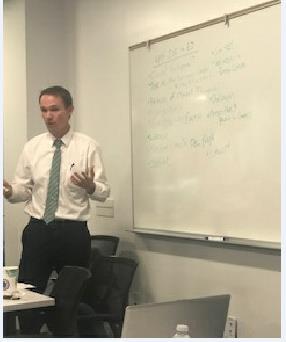
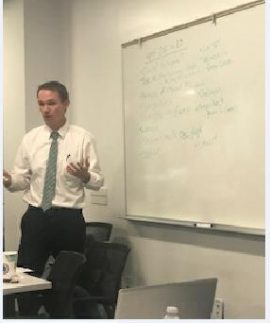 Model (PDPM), where patient clinical characteristics drive the reimbursement and functional outcomes determine success.
Model (PDPM), where patient clinical characteristics drive the reimbursement and functional outcomes determine success.
 According to a study out of the University of California, San Diego, the answer is no, and yes. How can that be, you ask? Keep reading to get the details and the findings of the study: A pilot randomized study of gratitude journaling intervention on HRV and inflammatory biomarkers in Stage B heart failure patients.
According to a study out of the University of California, San Diego, the answer is no, and yes. How can that be, you ask? Keep reading to get the details and the findings of the study: A pilot randomized study of gratitude journaling intervention on HRV and inflammatory biomarkers in Stage B heart failure patients.
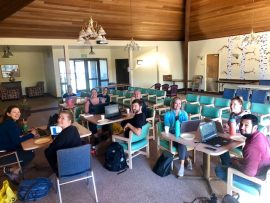 The ENDURA Market in Colorado gathered 10 of their physical and occupational therapists to complete their LSVT BIG live training together at the Villas at Sunny Acres. The group spent a full day going through treatment and practice of the evidence-based neurologic patterns and movements for the treatment of symptoms associated with Parkinson’s disease.
The ENDURA Market in Colorado gathered 10 of their physical and occupational therapists to complete their LSVT BIG live training together at the Villas at Sunny Acres. The group spent a full day going through treatment and practice of the evidence-based neurologic patterns and movements for the treatment of symptoms associated with Parkinson’s disease.